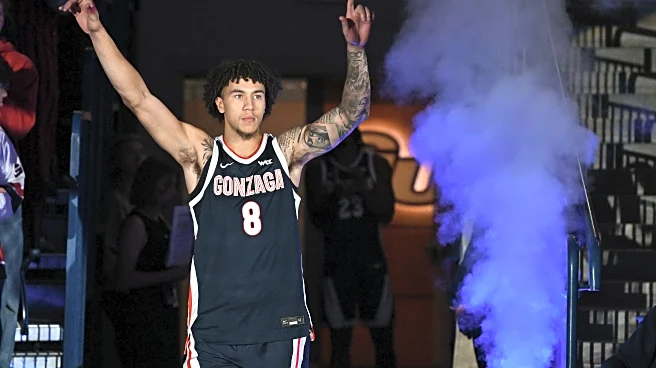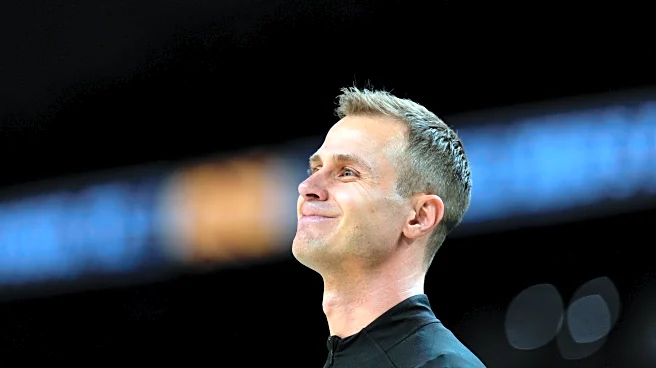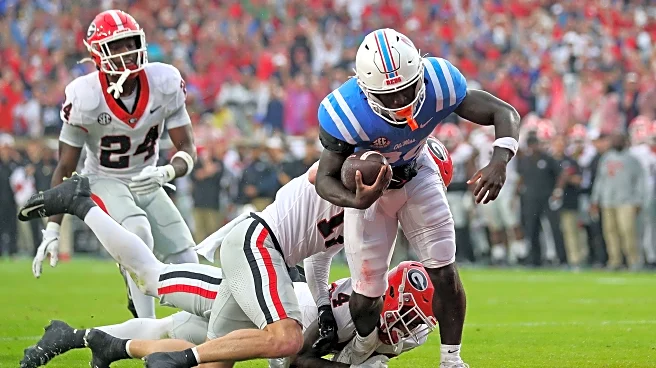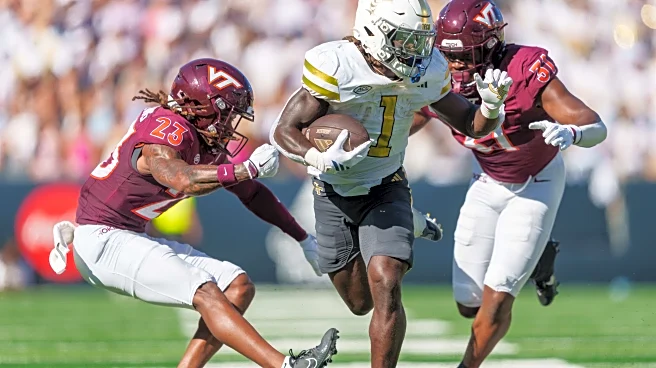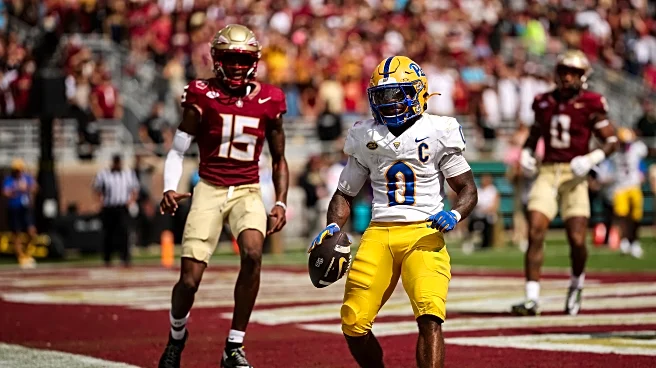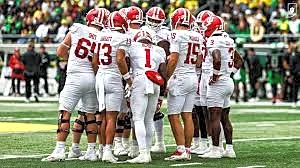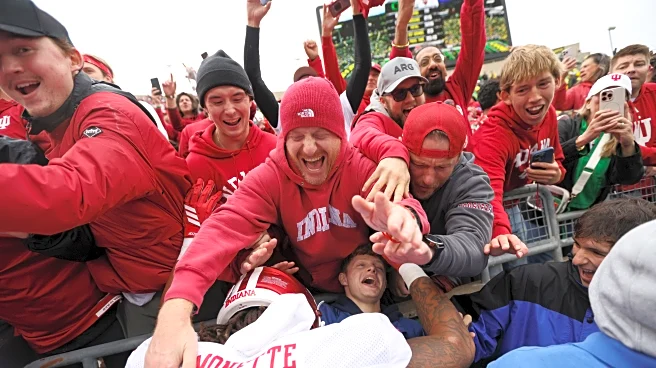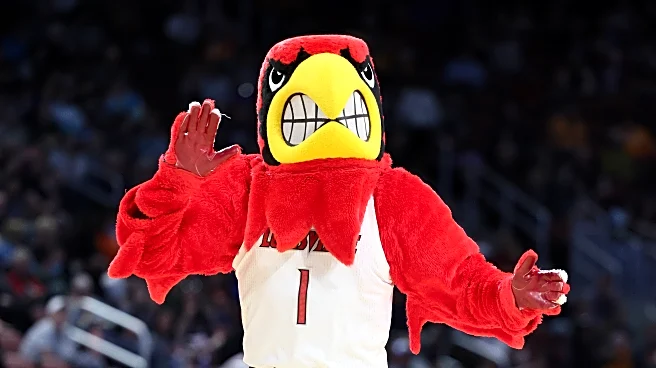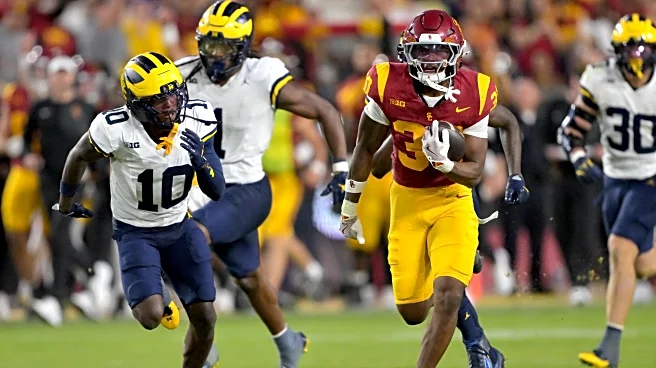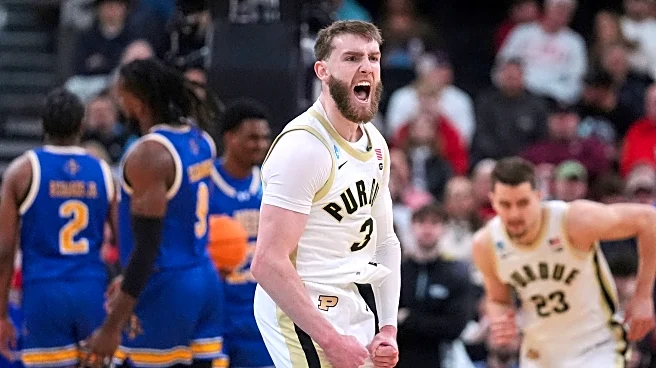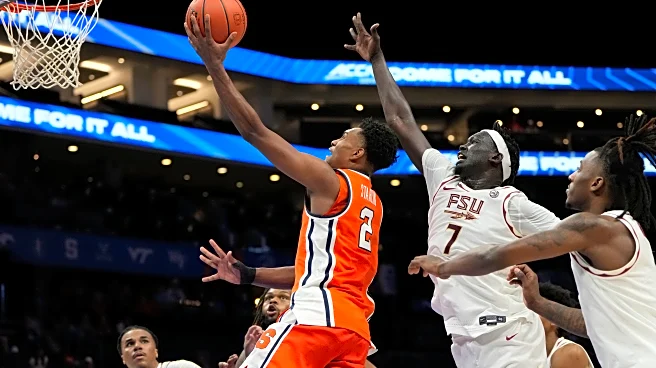The strength of Gonzaga’s roster in 2025-26 isn’t in its stars. Rather, it’s in the players good enough to start almost anywhere else whose minutes might not even crack double digits this year. Jalen Warley
is proof of that fact. A former five star recruit out of high school and three year starter in the ACC, Warley brings the kind of pedigree that would make him a guaranteed starter almost anywhere else in the country, yet on this roster his role remains fluid. He could start at the three if the right dominoes fall. He could serve as the first man off the bench at the four, or the two, or even the one, or he could spend much of the season as the best “break glass in case of emergency” player in college basketball.
Warley’s path to Spokane was anything but linear. Coming out of high school, he held offers from Florida State, Michigan, Virginia, Oregon, and Memphis, and was ranked as high as No. 27 in the 2021 class by 247Sports. After three seasons at Florida State, he committed to Virginia before Tony Bennett’s sudden retirement sent him back into the portal. Then came the twist. Instead of pursuing a starring role at programs reportedly in the mix—Louisville, Penn State, Maryland—he chose Gonzaga, and not to play right away. He redshirted, betting on development, continuity, and the long game before finishing his eligibility in 2025–26. It was a decision that surprised everyone, including Gonzaga fans. Mark Few rarely pulls from the ACC, and Warley’s defend-and-distribute style didn’t have an obvious place in the roster’s design. But he’s here now, with high-major experience, positional size, and an IQ that fits exactly what Gonzaga values most. However his minutes unfold, the fact that his role is even in question says everything about how deep this roster truly is.
The Kraziness in the Kennel scrimmage offered the first glimpse of what a year in the system has done. He looked composed, smooth off the dribble, and more physically assertive than he ever appeared at Florida State. Defensively, he stood his ground in the low post against 6’10” Braden Huff and rotated through wings and guards with poise and precision. He’s long, has great hands, and plays unhurried in a way that makes him difficult to classify. Not a shooter, not a scorer, not a pure defender, not a point guard, not a power-forward, though with traits of each. Jalen Warley is something else entirely.
Who He Is as a Player
Warley’s numbers paint the picture of a player who improves everything around him without needing touches to do it. In three seasons at Florida State he averaged 6.0 points, 3.2 assists, and 2.4 rebounds while shooting 42% from the field and 29% from three (on extremely limited volume). His assist rate hovered around 21%, his turnover rate dropped from 22% to 12.5% between his freshman and junior seasons, and his offensive rating climbed past 106 by the time he left the ACC. EvanMiya graded him in the 96th percentile overall and 97th defensively, the statistical signature of a guard who stabilizes lineups and rarely makes the wrong read.
He isn’t a scorer, but he’s efficient when he picks his spots and attacks off the bounce with precision and speed. Nearly half of his field goal attempts came at the rim, where he converted 48% and drew contact at a .50 free throw rate. His assist-to-turnover ratio of 2.6 to 1 led Florida State’s backcourt and ranked among the best in the league for guards with comparable usage. The combination of size, patience, and decision-making makes him a coach’s safety valve—someone who keeps an offense functioning even when the pace breaks down.
Defensively, the numbers hold up just as well. His 3.0% steal rate and +1.8 defensive box plus minus put him in the upper tier of ACC guards. He rotates early, doesn’t foul, and has the length to switch through wings and stretch forwards. He’s not built to hound point guards the way Emmanuel Innocenti can, but his intelligence inside team defense lets everyone else play more aggressively.
Nothing about Warley’s profile is loud, but every metric points to consistency. He passes, defends, communicates, and limits mistakes. On a roster built around spacing and skill, that kind of stability has real value. He’s the kind of player who may not light up a box score but can hold a lineup together.
The Tyon Grant-Foster Variable
It’s hard to believe that it’s mid-October and so much of this year’s roster is still mired in flux and uncertainty. So much depends upon Tyon Grant-Foster’s eligibility (the red wheelbarrow of this entire rotation chart).If Grant-Foster plays, Warley’s minutes may become matchup-specifica , defensive specialist, an occasional second-unit organizer. But if Grant-Foster’s eligibility remains trapped in the NCAA’s version of Schrödinger’s Box, both alive and dead until some mid-level career bureaucrat in Indianapolis finds the right PDF attachment, Warley instantly becomes the most logical next man up. The three spot is currently jammed up with Grant-Foster and Steele Venters both worthy of special consideration and Emmanuel Innocenti waiting for defensive assignments. In that version of the roster, Warley probably settles into the eighth-man slot: matchup dependent, 8-12 minutes a night, a stabilizer for the second unit or a defensive plug when lineups need control. Think Anton Watson in his first season back from shoulder surgery, only if he didn’t give up two backdoor dunks a night because he forgot there was a weak side on the low block.
That’s what makes the whole situation so strange. Warley’s a case study in how competitive things have become. If he starts, it makes sense. If he plays twelve minutes a night, that makes sense too. The team is loaded, and his role, whatever it ends up being, will say as much about Gonzaga’s strength as it does about him.
Fit and Function
Warley’s contributions rarely blow up the box score but his impact is impossible to ignore when efficiency metrics and tempo are considered. With Warley in the backcourt Florida State’s turnover percentage dropped from 19.8% to 14.9% when he was on the floor, a reflection of how quickly he settles possessions. His teams averaged 1.11 points per possession in those minutes, their highest figure with any regular rotation guard. He averaged 4.9 assists per 40 minutes and created nearly twice as many baskets for teammates as he scored himself, the hallmark of a guard who prioritizes flow over volume.
The shot profile shows the same control. Forty-eight percent of his attempts came inside the paint, where he drew fouls on 22% of them and finished at a 1.27 points-per-shot clip. He shot 47% on midrange looks, most of them out of dribble-handoffs or short-clock resets. He doesn’t shoot often, but when he does, it’s usually the right one.
Defensively, he anchors possessions by positioning, not pressure. Florida State allowed 0.88 points per possession when he logged at least 15 minutes, compared to 0.97 when he sat. His defensive rebounding rate hit 10.7%, an unusually strong number for a guard, and his steal rate was 3.0%, both indicators of anticipation and timing.
Put those numbers into Gonzaga’s structure and the picture sharpens. A Smith–Miller–Warley–Huff–Ike lineup projects around 1.18 points per possession offensively with turnover rates under 15%, which would have ranked among the top ten nationally last year. Second units featuring Saint-Supery, Warley, Innocenti, Fogle/Jefferson, and Diagne could force turnovers on roughly 15% of possessions, a level Few hasn’t had since 2021. In both cases, Warley’s fingerprints show up in the same place—the efficiency margins that separate good from great.
The Paradox of Depth
It’s strange to look at a player with Jalen Warley’s résumé and realize he might spend parts of the season waiting his turn. Three years ago, he would have been an instant starter in Spokane, the kind of proven high-major guard whose arrival alone could shift expectations. Now he’s part of a roster so deep that experience, size, and pedigree don’t guarantee anything. It’s not an indictment of his game; it’s a reflection of how far Gonzaga has come. This is a program that can bring a player with nearly a hundred high-major appearances off the bench for 8-10 minutes a night and call it balance.
That’s the paradox of depth. A roster this talented forces players like Warley into roles that exist in the gray—sometimes starter, sometimes rotation piece, sometimes closer. The reality is that he’s good enough to fill any of them. He’s spent a full year learning the system, earning trust, and sharpening his game without the pressure of box-score expectations. Those reps will pay off somewhere, even if no one can yet say exactly where.
The fanbase will argue about his usage all season because he’s easy to root for and impossible to categorize. He represents both the best and the weirdest part of the 2025–26 Zags: a level of competition inside the roster that used to exist only in March.
Think of it this way…
Preseason polls have Gonzaga slotted at No. 21, their lowest ranking in years, and somehow that only makes the picture stranger. On paper this roster looks deeper, smarter, and more balanced than last season’s, yet the outside perception has cooled. Is this year’s team actually better? It’s hard to say, but there’s a thought experiment worth sitting with. This group is at least good enough that last year’s midseason Dusty Stromer minutes are now earmarked for either A) one of the best defenders in college basketball in Emmanuel Innocenti, B) a three-year starter out of the ACC in Jalen Warley, C) the former Big Sky Player of the Year in Steele Venters, or D) the program’s highest-ranked recruit since Nolan Hickman in Davis Fogle. Whether Warley starts, steadies the second unit, or quietly finishes games that matter, he already represents something essential about Gonzaga’s evolution. Programs with this kind of depth don’t rebuild around players like him, they win because they have them.
